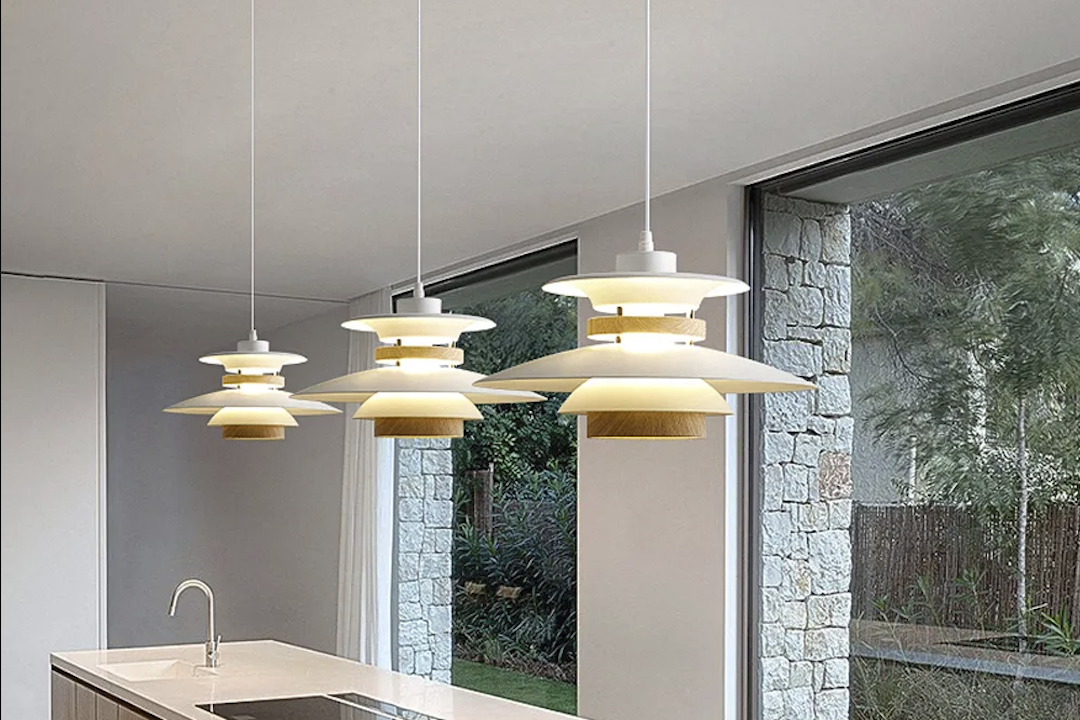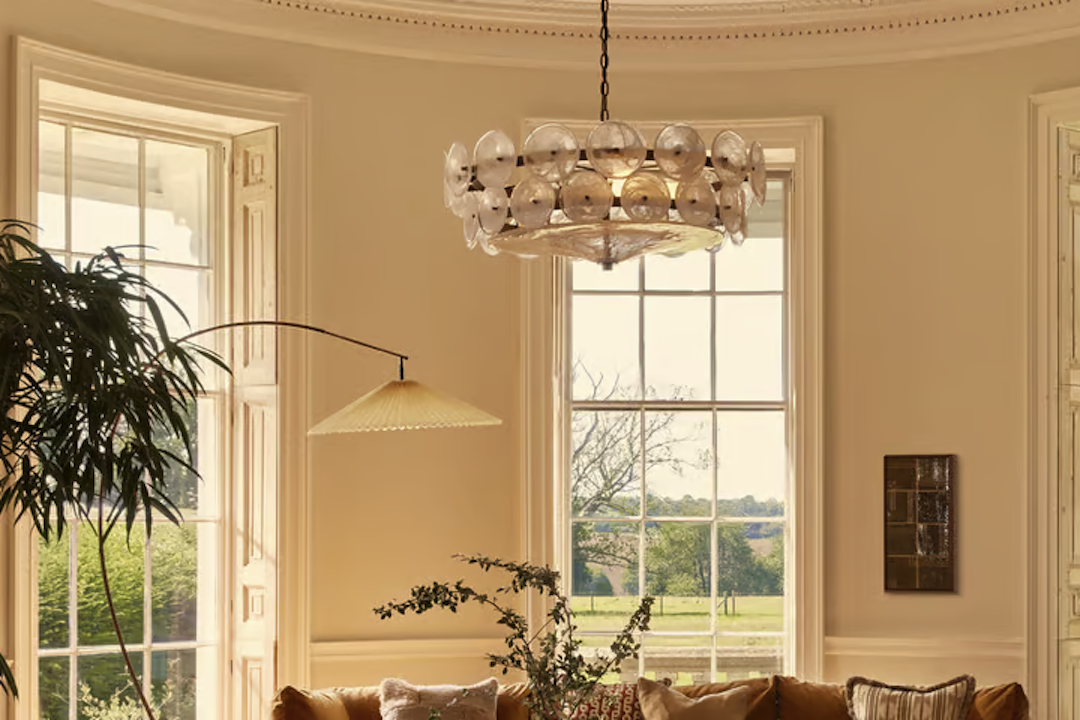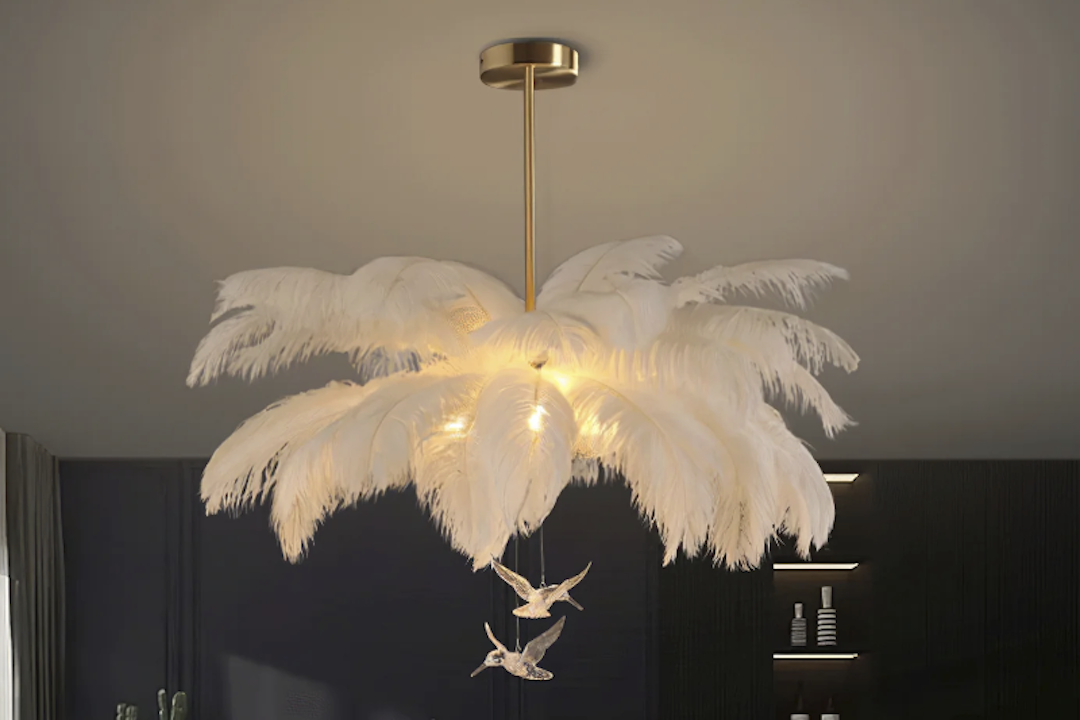Introduction
For centuries, traditional crystal chandeliers have graced the hallways and grand ballrooms of palaces and mansions. These exquisite pieces of lighting have become synonymous with luxury, elegance, and grandeur. Despite changing trends and styles, crystal chandeliers have never gone out of fashion, and continue to adorn modern homes and commercial spaces. In this article, we explore the history and evolution of traditional crystal chandeliers, their design and construction, and their enduring appeal.
The History of Crystal Chandeliers
Crystal chandeliers have a long and storied history, dating back to the medieval era. Initially, chandeliers were designed to hold candles and provide illumination in large spaces. These early chandeliers were made of wood, metal, and other readily available materials. It was not until the 17th century that crystal began to be used in chandeliers. The use of crystal was a game-changer, as it reflected and refracted light to create a dazzling display.
The 18th and 19th centuries saw an explosion in the popularity of crystal chandeliers. Artisans from prominent glassmaking centers in Europe, including Venice, Bohemia, and France, started creating magnificent chandeliers adorned with intricate designs, cut crystals, and exquisite metalwork. These chandeliers became the focal point of grand ballrooms, cathedrals, and palaces across Europe.
The Design and Construction of Crystal Chandeliers
The design and construction of crystal chandeliers are complex and require skilled craftsmanship. The basic structure of a chandelier includes a frame, arms, and a central column. The frame supports the arms of the chandelier, which hold the candles or light bulbs. The central column, also known as the spindle, is the vertical axis around which the chandelier rotates.
The crystals used in a chandelier are carefully selected for their clarity and brilliance. They are cut and polished to create prisms, which catch the light and refract it in beautiful ways. The crystals are suspended from the arms of the chandelier using wires or metal pins. The metalwork in a chandelier is also an important aspect of its design, and ranges from simple and minimalist to highly decorative and ornate.
The Enduring Appeal of Crystal Chandeliers
Despite the changing trends in interior design, crystal chandeliers have never gone out of style. They continue to be a popular choice for lighting in both residential and commercial spaces. The appeal of crystal chandeliers lies in their ability to add a touch of luxury and elegance to any room. They create a dazzling display of light and shadows, which adds depth and drama to the interiors.
In recent years, crystal chandeliers have undergone a transformation in their design and construction. While traditional chandeliers adhere to a classic design, modern chandeliers experiment with innovative shapes, forms, and materials. From minimalist and understated to bold and avant-garde, crystal chandeliers continue to evolve to meet the changing tastes of consumers.
Conclusion
Crystal chandeliers are the epitome of luxury and elegance. They have a rich history and their construction requires skilled craftsmanship. They continue to adorn the most opulent spaces and have become an iconic element of interior design. As we look to the future, crystal chandeliers are sure to continue to evolve, adapting to the changing needs and preferences of consumers. In the end, the timeless elegance of traditional crystal chandeliers is here to stay.







